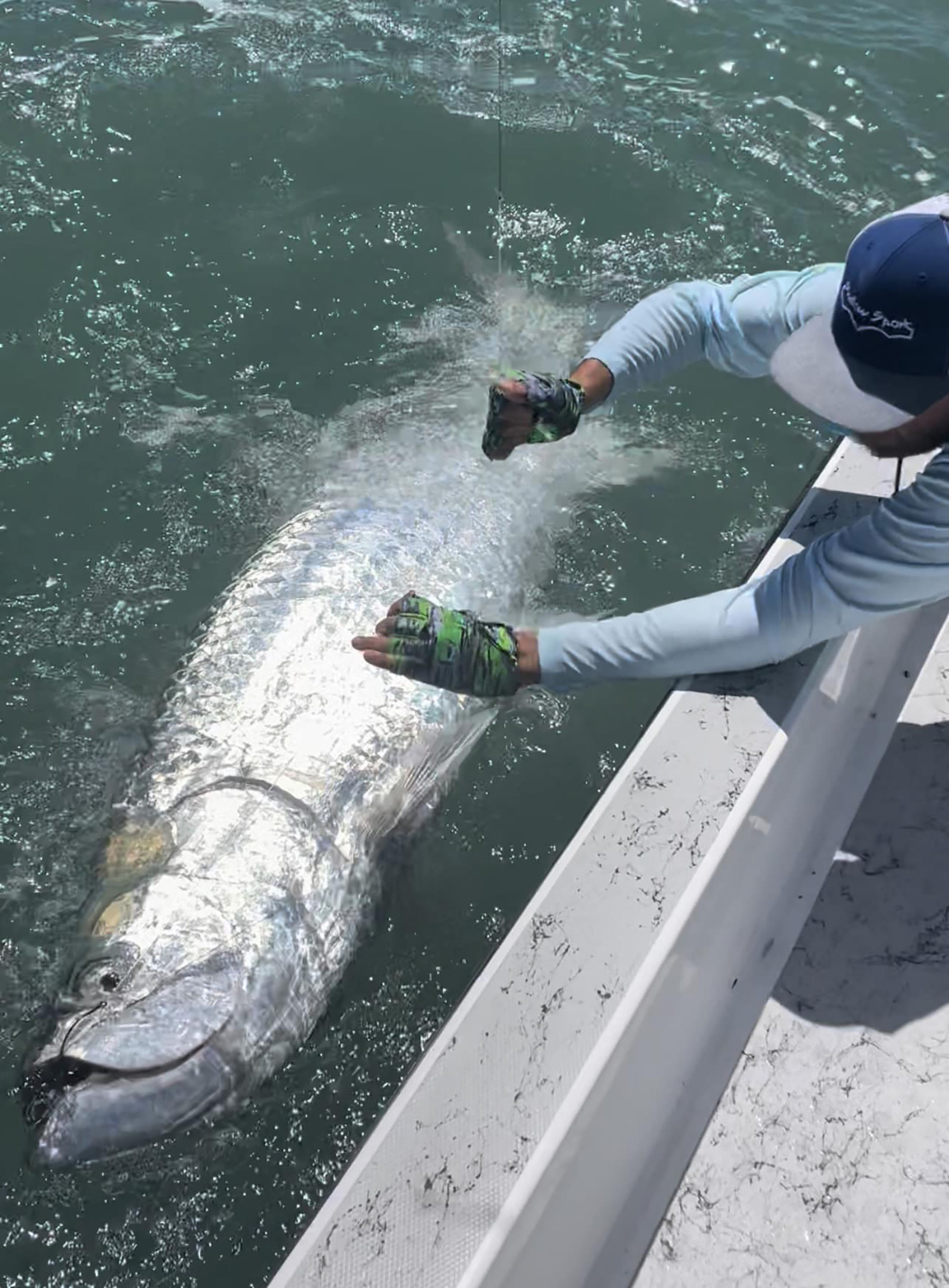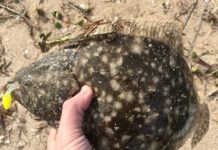Hunters and anglers remain the greatest conservationists of natural resources and game species – a fact rooted in actual numbers and hard data – specifically the billions of dollars that have been poured back into conservation efforts and habitat restoration through sporting goods taxes.
Dove hunting and deer hunting in Texas alone pump hundreds of millions of dollars into our local economy, and while that number includes valuable funds headed to outfitters and mom-and-pop shops, the federal taxes generated by the overall hunting and angling industry end up going back into state coffers earmarked for needed resource protections and improvements.
The U.S. Fish & Wildlife Service annually distributes revenue to each state’s wildlife agency through the Pittman-Robertson Wildlife Restoration and Dingell-Johnson Sport Fish Restoration programs, with funds coming from excise taxes on the sale of sporting firearms, ammunition, archery and fishing equipment, electric boat motors and taxes on the purchase of motorboat fuel. This year’s total of $1.1 billion in disbursements includes $50,198,179 coming to our state, the highest appropriation in the country. The total includes $32,144,324 for wildlife restoration and $18,053,855 for sportfish restoration.
The overall figure is actually down slightly from the more than $54 million Texas received in 2015, but it certainly will be put to good use.
The Service’s Wildlife and Sport Fish Restoration Program reimburses as much as 75 percent of the cost of each eligible project, while state fish and wildlife agencies contribute a minimum of 25 percent, generally using hunting and fishing license revenues as the required non-federal match. Funding is paid by manufacturers, producers and importers and is distributed by the Service’s Wildlife and Sport Fish Restoration Program to each state and territory.
The Wildlife and Sport Fish Restoration Programs have generated more than $18 billion since their inception — 1937 for the Pittman-Robertson Wildlife Restoration Program and 1950 for the Dingell-Johnson Sport Fish Restoration Program — to conserve resources. State agencies have matched these program funds with more than $5 billion.
Pittman-Robertson funds allow the Texas Parks & Wildlife Department’s Wildlife Division to offer many services, including technical guidance to private landowners who control 94 percent of wildlife habitat in Texas, TPWD surveys and research for development of hunting regulations, operation and management of Wildlife Management Areas and conducting research and developing techniques for managing wildlife populations and wildlife habitat.
The Sport Fish Restoration Program supports monitoring of sport fish populations, their habitats and public use of fishery resources. Data and information collected from fishery management surveys are used to set fish harvest regulations, develop fish stocking plans and design projects that restore and enhance aquatic habitats.
Through support from the Sport Fish Restoration Program, TPWD has developed nationally recognized programs in applied research for the study of freshwater and coastal fisheries. These programs conduct special investigations of unique problems identified through fisheries management surveys and develop and evaluate projects focused on expanding and improving sport fishing in the State.
Other programs that benefit from the funds include projects that increase or improve access to public waters and the operation of freshwater hatcheries and coastal hatcheries which produce and stock more than 40 million fish annually in state lakes, ponds and bays. Those fish are stocked to establish populations and enhance existing ones, support research efforts and maintain put-and-take and put-grow-and-take fisheries in small urban reservoirs, which is how many youngsters are introduced to the pastime.
These funding streams are vital to future success and it’s up to hunters and anglers to continue our support of state and federal initiatives that pump millions of dollars into efforts to maintain and improve our opportunities. It also is imperative to stay abreast of any encroachment on those funding streams, which has been discussed by legislators and other special-interest groups in regards to diverting dollars for other projects.
The wildlife and sportfish funds were earmarked for specific intentions and should always stay that way.





















